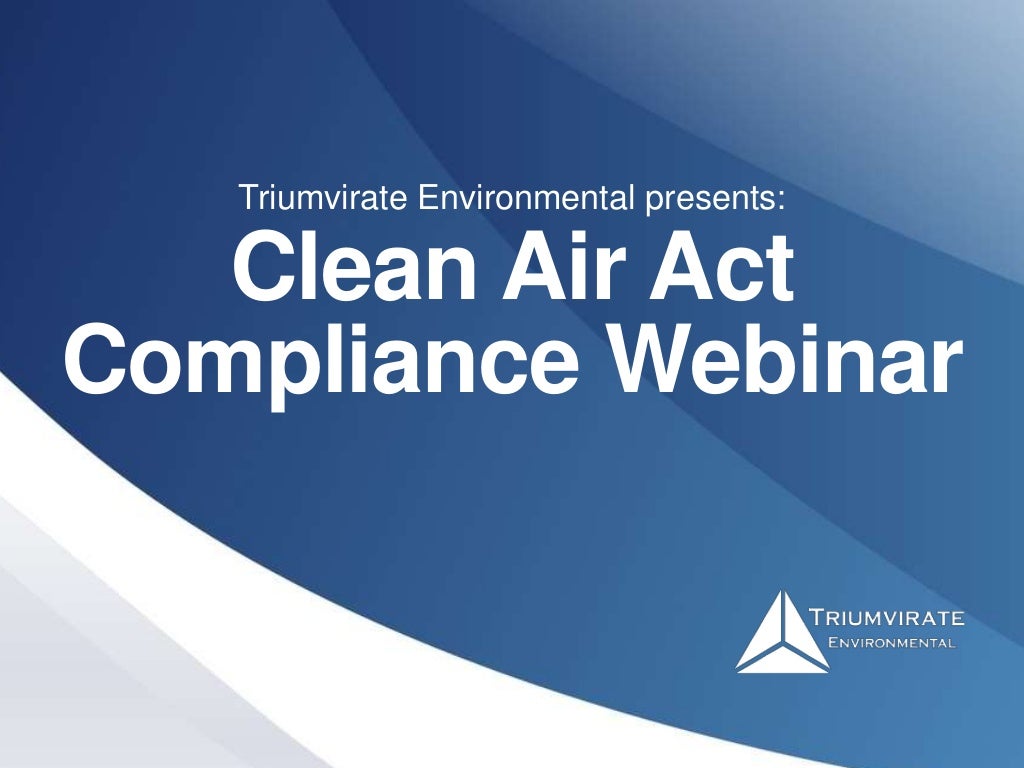


EPA makes the path to serious climate action steeper than ever. The Clean Air Act, strengthened in 1990 with an important set of amendments, enabled a decline in air pollution of nearly 80 percent from 1970 to 2020, lengthening millions of American lives and saving trillions of dollars.īy limiting the Biden administration’s ability to use the Clean Air Act to achieve similar reductions in greenhouse gases, West Virginia v. Soot darkened shirt collars and windowsills-not to mention the lungs of those who breathed it. Air pollution at the time was so bad it was visible as thick brownish clouds hanging over cities. The legislation was the product of a different time, when Washington-flawed and far from perfect, to be sure-still functioned, and members of Congress felt an obligation to engage with the problems the country faced. I explored the act’s remarkable and inspiring history in my book Choked: Life and Breath in the Age of Air Pollution. And while the Court now constrains the federal government’s power to tackle big issues, the Clean Air Act was designed to address just such “major questions”-including, explicitly in its text, questions yet to be understood when it was enacted. The case concerned the powers granted by the Clean Air Act, the landmark 1970 law that- in the absence of legislation specifically dealing with climate change-has been the best tool available for checking greenhouse gas emissions. The concept, known as the “major questions” doctrine, holds that regulatory agencies may not take actions with wide-ranging economic impact unless Congress has specifically authorized them to do so. EPA, which reined in the Environmental Protection Agency’s authority to address climate change, the Supreme Court wrote into precedent an idea that has been gaining traction for years in conservative legal circles. With its recent decision in West Virginia v.


 0 kommentar(er)
0 kommentar(er)
